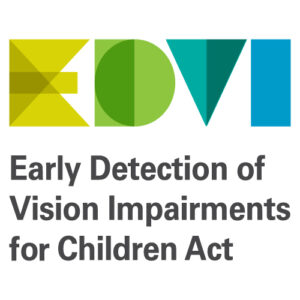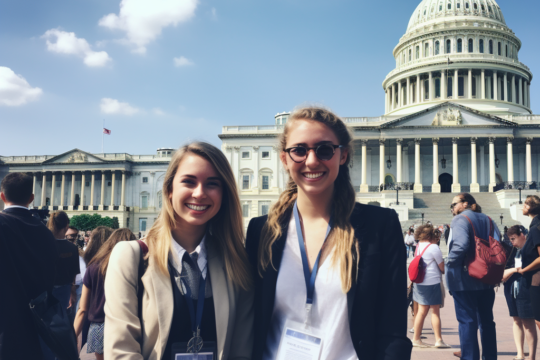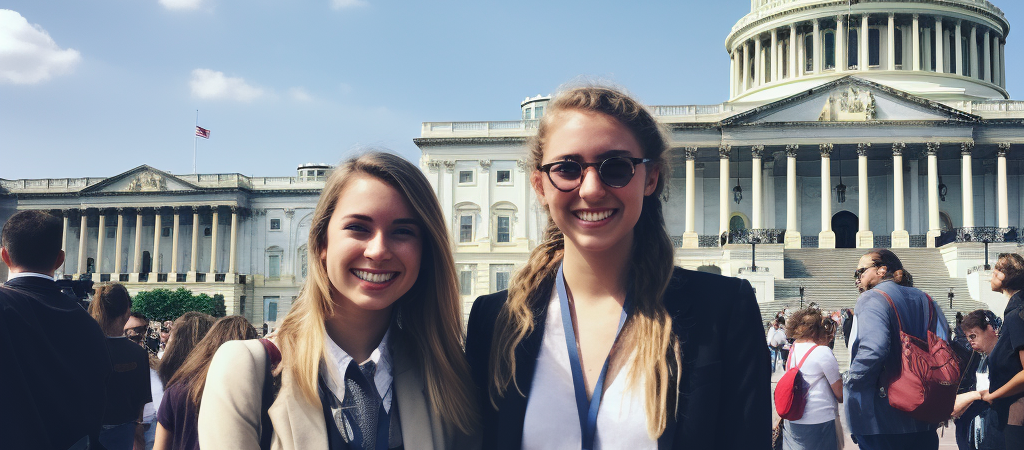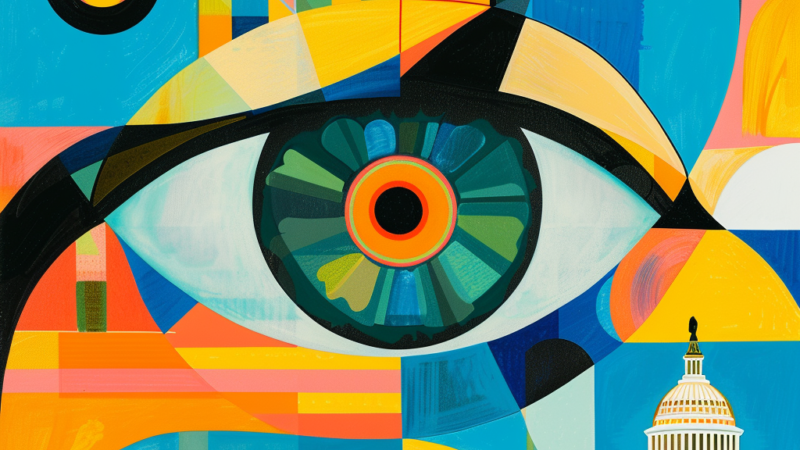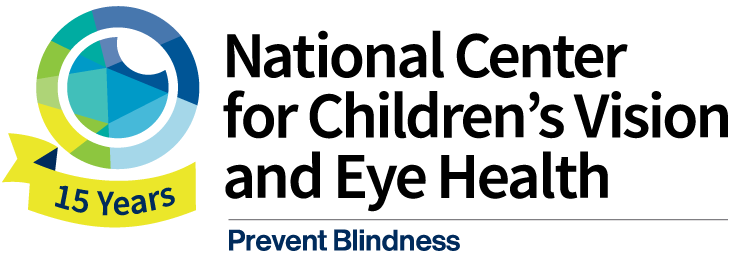Background
A child’s vision, which fully develops and changes throughout childhood, requires consistent evaluation, referral to eye care, diagnosis, treatment, and follow-up to care to ensure vision problems are caught and treated before progressing to unnecessary permanent vision loss. Early detection and intervention for vision disorders in children are part of national goals and health care standards; yet, there is no federal funding to support a coordinated, national-level children’s vision and eye health initiative that promotes best practice models for professional development and vision screening, referrals to eye care, and follow-up to eye care treatment. Accountability for children’s vision and eye health are also absent from federally funded programs that address many other aspects of children’s health and development, including children’s hearing or oral health.
Currently, significant disparities exist in children’s vision and eye health outcomes and access to eye care across the United States. State laws to address children’s vision vary widely in approaches and often lack protocols for referrals to eye care providers and documentation to ensure eye care was received. States may also lack the necessary resources to adequately capture data on rates of received eye care, leading to challenges in addressing existing disparities among demographic sub-populations or in rural or under-resourced communities. Thus, without a strong public health system in place, a child’s vision problem may go undetected, undiagnosed, and untreated, leaving them vulnerable to deficits in development, academics, and potential vision loss that follows them into adulthood.
The goal of the EDVI Act is to ensure that every child with a possible vision problem is identified and connected to appropriate eye care, to support early childhood professionals, health care providers, and families with updated and evidence-based vision screening methods and established referrals to care, and advance follow-up protocols to ensure that children who need eye care treatment receive it before a vision problem leads to potential vision loss.

